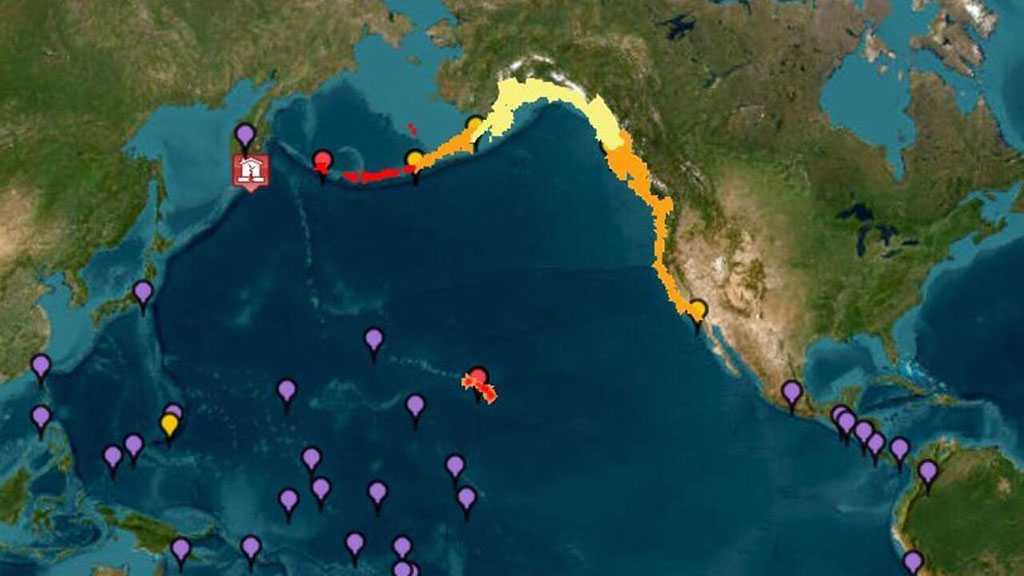Massive Earthquake Sparks Pacific-Wide Tsunami Alerts from US to Japan

By Staff, Agencies
A powerful magnitude-8.8 earthquake struck off Russia’s far eastern Kamchatka Peninsula on Wednesday morning, prompting tsunami warnings across the Pacific Ocean basin—from Japan and Canada to California, Hawaii, Indonesia and New Zealand.
Although the initial waves were relatively minor in some regions, authorities warned that stronger waves could follow.
The quake struck at a depth of 21 kilometers beneath the ocean floor and generated enough force to displace a massive volume of water.
Seismologist Lucy Jones of the California Institute of Technology noted that quakes of this magnitude “usually do generate tsunamis that reach across the Pacific,” with waves traveling at speeds of 850 to 950 km/h—roughly the cruising speed of a Boeing 747.
In Japan, a 30cm wave reached Hokkaido in the north, and a 10cm wave hit Kanagawa prefecture. The Japanese Meteorological Agency warned that waves of up to 1 meter could impact southern coastal regions in the following hours.
Prime Minister Shigeru Ishiba urged residents in affected areas to evacuate, warning: “The second, third and even fourth tsunami waves could be much bigger than the first.”
In Hawaii, waves ranging from 1 to 3 meters were forecast to arrive shortly after 19:00 local time. Governor Josh Green ordered immediate evacuations from coastal areas, stating: “You need to expect that there will be flooding on all of the islands, and it will be imminent after the wave hits. We should be safe, therefore not sorry.” Operations at Hilo airport were suspended in anticipation.
Meanwhile, the US National Oceanic and Atmospheric Administration [NOAA] elevated its advisory for parts of the northern California coast—from Cape Mendocino to the Oregon border—to a tsunami warning. Emergency officials cautioned that low-lying areas could be vulnerable to flooding and urged residents to move to higher ground.
In Russia, waves up to 4 meters high were reported along the Kamchatka coastline, with several injuries confirmed, according to the Interfax and TASS news agencies.
As authorities across the Pacific continued to monitor the situation, experts emphasized the importance of remaining alert even if early waves appear small. “Tsunami waves can come in surges, and the later ones are often the most destructive,” Jones said.
Comments
- Related News



